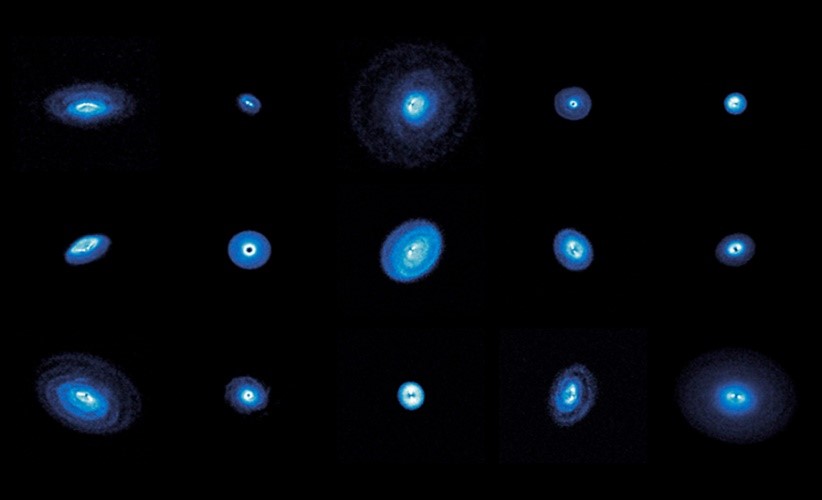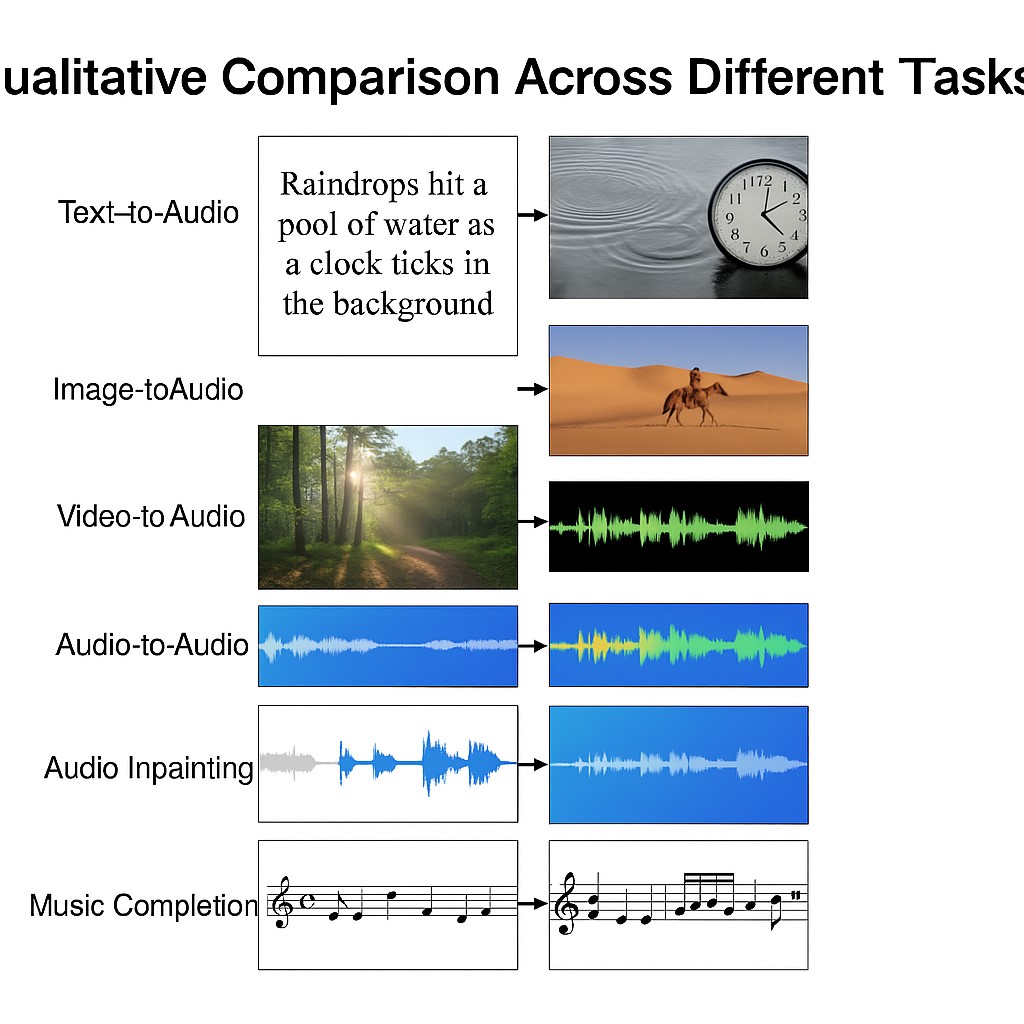New Research and Data Shed Light on Early Planetary Formation
An international team of astronomers, led by Richard Teague, the Kerr-McGee Career Development Professor in MIT’s Department of Earth, Atmospheric and Planetary Sciences (EAPS), has captured the most detailed and sensitive observations to date of 15 protoplanetary disks—structures of gas and dust surrounding young stars where planets form. These groundbreaking observations offer the astronomy community a deeper insight into the early stages of planetary formation.

Figure 1. Unlocking the Secrets of Early Planetary Formation: New Research & Data.
“The new techniques we’ve developed to collect this data are like upgrading from reading glasses to high-powered binoculars—they reveal an entirely new level of detail in these planet-forming systems,” says Teague. Figure 1 shows Unlocking the Secrets of Early Planetary Formation: New Research & Data.
The team’s open-access findings are featured in a special collection of 17 papers published in the Astrophysical Journal Letters, with additional studies expected later this summer. The research addresses a wide range of questions, including new methods for estimating the mass of a disk by analyzing its gravitational effects and measuring rotational velocities with precision down to a few meters per second.
While observing dust in these disks has traditionally been easier due to its brightness, it provides only limited insights. Teague’s work shifts the focus to gas, which offers a more dynamic view into disk behavior—revealing key characteristics such as gravity, motion, and mass that drive the formation of planets.
To achieve the resolution needed to study gas dynamics in planet-forming disks, the exoALMA program spent five years coordinating extended observation windows on the Atacama Large Millimeter/submillimeter Array (ALMA) in Chile. Thanks to this effort, an international team of astronomers—many of them early-career scientists—was able to capture some of the most detailed images of protoplanetary disks ever recorded.
“The quality of this data is so remarkable that researchers are now developing new tools just to extract potential planetary signatures,” says Marcelo Barraza-Alfaro, a postdoctoral researcher in MIT’s Planet Formation Lab and a member of the exoALMA team. To fully harness the improved resolution and sensitivity, the team also devised new image calibration techniques.
As a result, “we’re seeing features that force us to revise our understanding of what’s happening in these disks,” Barraza-Alfaro adds.
One particularly influential study from MIT’s Department of Earth, Atmospheric and Planetary Sciences (EAPS) focuses on how vortices might drive planet formation. While the classic model describes dust grains gradually clumping together to form a planetary core, this simplistic view doesn’t fully explain what’s observed. Vortices—localized whirlpools in the gas—may play a critical role by drawing dust into concentrated regions, much like soap bubbles gathering around a drain.
“We can observe where dust is collecting, but we can’t yet trace how it’s moving,” explains Lisa Wölfer, another postdoc in the Planet Formation Lab and lead author of the vortex study. “To confirm a vortex is responsible for the structure, we need to track gas dynamics directly.”
During the observation campaign, Teague, Wölfer, and Barraza-Alfaro developed simplified models to compare with the expected results. But when the data arrived, it quickly became clear that those models were insufficient.
“We looked at the data and realized our models no longer worked—it was far more complex than we anticipated,” says Teague. “Previously, we thought these systems were fairly static. That’s absolutely not the case.”
The team is now working with more sophisticated models that incorporate the dynamic behavior of gas—though these demand greater computational resources, early comparisons look promising.
“We’re seeing patterns that align closely with our updated models,” says Wölfer. “This could become the benchmark case for future studies.”
The release of this rich dataset comes at a critical moment, as ALMA is scheduled for a temporary shutdown in the coming years for upgrades. In the meantime, astronomers will have the opportunity to dive deep into the trove of observations, continuing to unravel the complexities of planetary formation.
Source: MIT NEWS
Cite this article:
Priyadharshini S (2025), New Research and Data Shed Light on Early Planetary Formation, AnaTechMaz, pp.127















